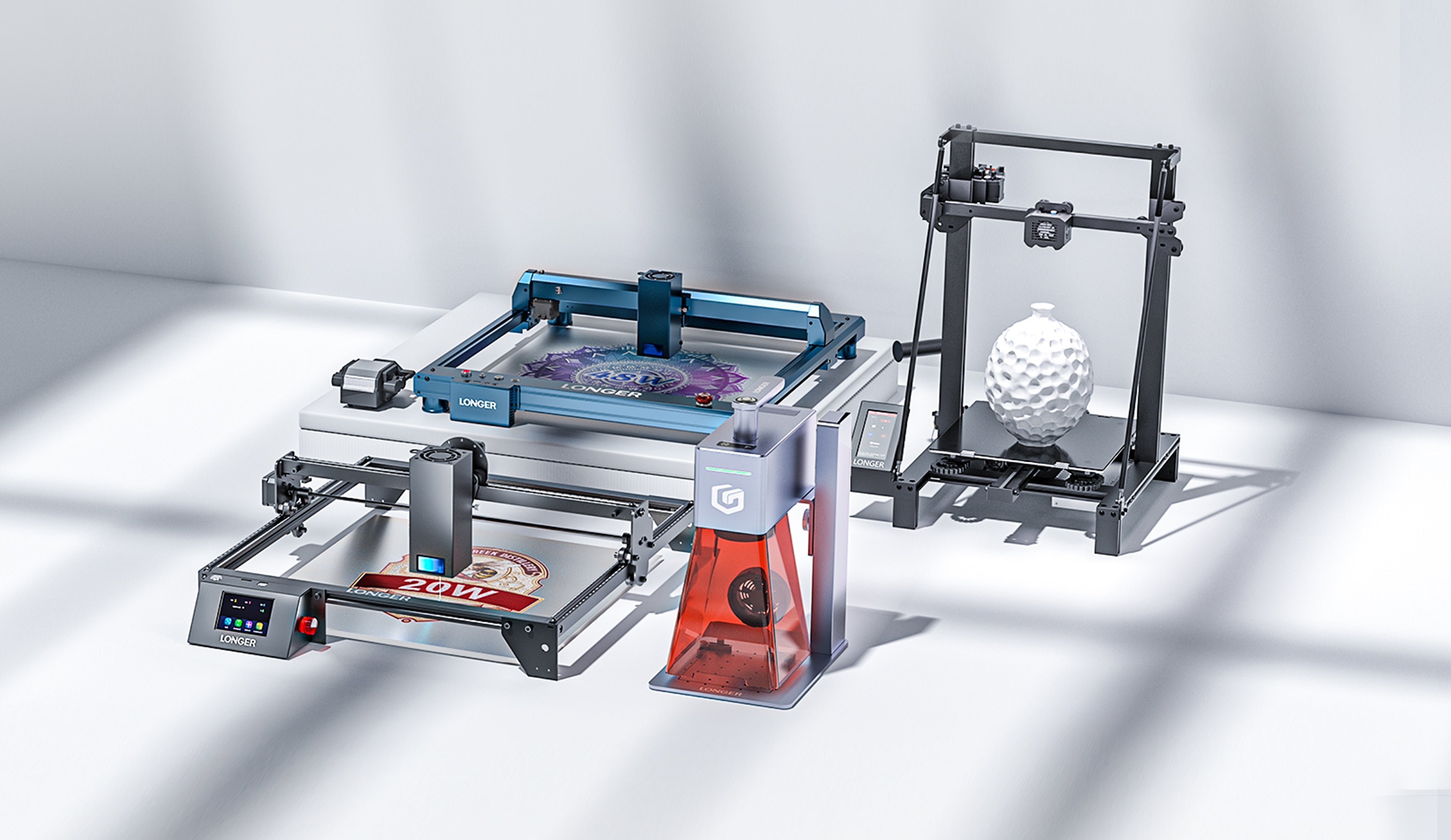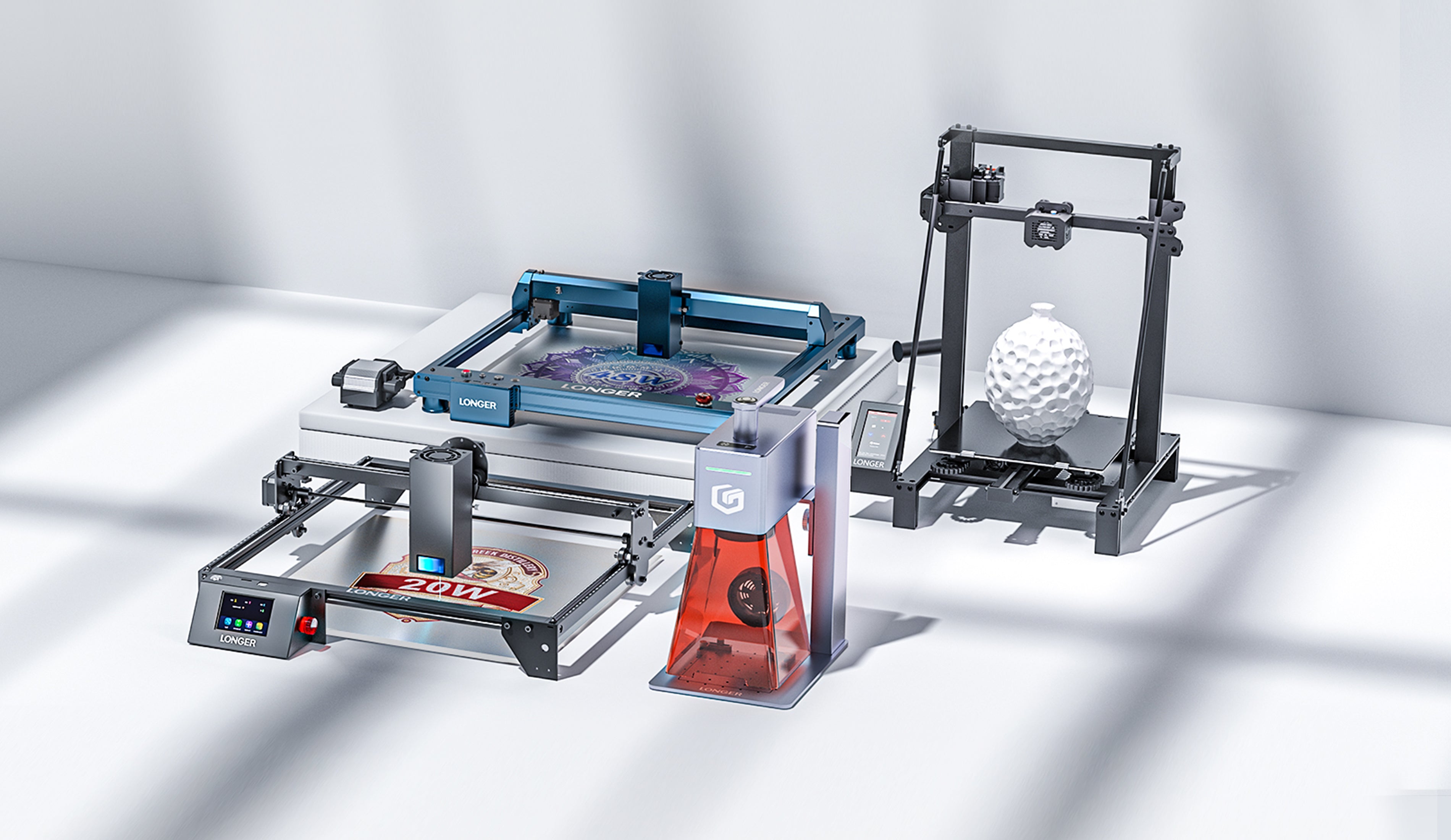Trending searches
Popular collections
Popular products
Chariot ($0)
Chariot ($0)





In general, the choice between PETG and PLA depends on the specific needs of the 3D printing you intend to make. If you want greater impact resistance, flexibility and chemical resistance, PETG may be your best choice. Instead, if you want a cheap, easy to print and biodegradable material, PLA may be the best choice. In particular, PETG is a very resistant and flexible filament, ideal for printing large volume objects and resistant to the effects of chemicals such as acids and alkalis; moreover, compared to PLA, PETG is more resistant to heat and less fragile, so it is great for making prints that will be placed outside and exposed to sunlight.
PETG is a co-polymer that combines the properties of PET and Glycol. The addition of the latter reduces the problems of overheating of PET and, consequently, increases its resistance. For these reasons, PETG is one of the most commonly used filaments, and is an excellent choice for printing parts subjected to mechanical stress and heat; moreover, PETG has an almost absent odor during printing, even if it is a material derived from petroleum and therefore not biodegradable.
PLA is a lactic acid polymer and was the second bioplastic marketed and sold on a large scale. It derives from the milling of corn and is to be considered biodegradable, even if it requires precise conditions to trigger the decomposition process. PLA has some advantages over PETG, such as greater ease of printing, greater rigidity, better surface quality and lower cost, although it fears heat and weathering.
Therefore, summarizing the advantages of PETG over PLA, here is a list of technical characteristics:
In general, PETG is a versatile and durable material that can be used for a wide range of applications. However, like any material, it also has some disadvantages, such as the need to use higher printing temperatures than PLA and a greater propensity to create stringing filaments. In addition, PETG may require more attention in the preparation of the print bed and in the calibration of the printer than PLA, however if you choose PETG and take all the precautions seen in a previous article, the printing result can be of high quality.
In conclusion, both materials have their advantages and disadvantages, and the choice depends on the specific needs of the project. When choosing between PETG and PLA, it is important to consider the strength, flexibility, chemical resistance, ease of printing, heat resistance, weather resistance, durability, availability, cost, sustainability, color, appearance and specific applications of the project you want to achieve.
https://www.longer3d.com/products/lk5-pro-fdm-3d-printer
!
